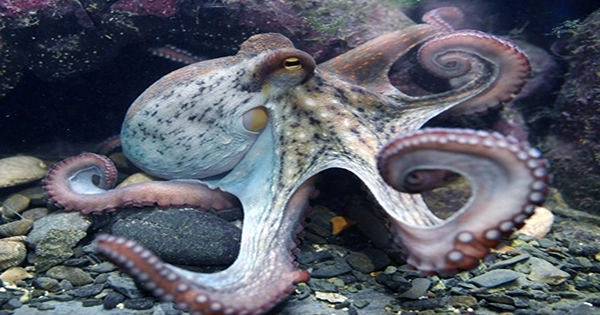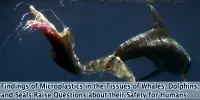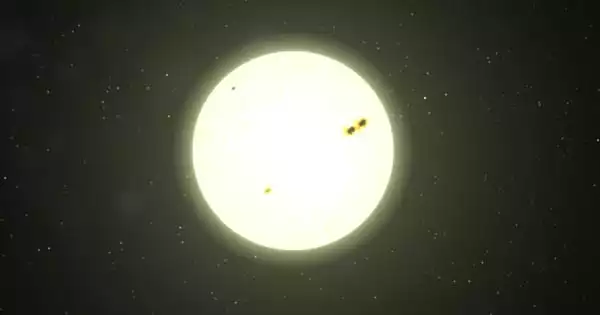They work as farmers, herders, gliders, weavers, carpenters, and hunters. With more than 14,000 different species and making up a significant portion of the animal biomass in the majority of terrestrial ecosystems, ants play a significant role in our environment.
Ants, like other invertebrates, are crucial to the health of ecosystems. From aerating the soil and distributing seeds and nutrients to scavenging and preying on other species, they play important roles. But there isn’t an overall picture of their diversity.
In order to assess and illustrate the global diversity of ants, researchers from the Biodiversity and Biocomplexity Unit at the Okinawa Institute of Science and Technology (OIST) have now created a high-resolution map in partnership with numerous other institutions around the globe. The maps and dataset were released in a Science Advances publication.
“This study helps to add ants, and terrestrial invertebrates in general, to the discussion on biodiversity conservation,” said Prof. Evan Economo, who leads the Biodiversity and Biocomplexity Unit. “We need to know the locations of high diversity centers of invertebrates so that we know the areas that can be the focus of future research and environmental protection.”
A number of scientific and evolutionary concerns, such as how life diversified and how patterns in diversity arose, will also be addressed by the resource, according to Prof. Economo.
Dr. Benoit Guénard, the co-first author of the study and a former OIST postdoc (now at The University of Hong Kong), and Prof. Economo started this ten-year project by compiling occurrence data for various ant species from online repositories, museum collections, and roughly 10,000 scientific publications.
Errors were found with the assistance of researchers from throughout the world. More than 14,000 species were taken into account, and the amount of information available varied greatly for each.
Despite having a description of the sampled place, the great majority of these data lacked the exact coordinates required for mapping. To solve this problem, coauthor Kenneth Dudley of OIST’s Environmental Informatics Section developed a computational procedure that estimated the coordinates from the available data while also checking all the data for inaccuracies.
The range estimations were therefore different for each species of ant depending on the amount of data that was available, according to Dudley, research assistant Fumika Azuma, and co-first author and JSPS Postdoctoral Researcher Dr. Jamie Kass.
They created shapes around the data points for species for which there was less information. The researchers used statistical models that they optimized for optimal complexity to estimate the distribution of each species for species for which they had more data.
Some areas of the world that we expected to be centers of diversity were not showing up on our map, but ants in these regions were not well-studied. Other areas were extremely well-sampled, for example parts of the USA and Europe, and this difference in sampling can impact our estimates of global diversity.
Dr. Jamie Kass
These estimations were combined to create a global map that was divided into squares of 20 km by 20 km and displayed an estimate of the number of ant species per square (called the species richness). Additionally, they produced a map that depicted the proportion of ant species with relatively limited ranges in each square (called the species rarity).
Species with restricted ranges are typically more susceptible to environmental changes. There was yet another issue to resolve regarding sampling bias.
“Some areas of the world that we expected to be centers of diversity were not showing up on our map, but ants in these regions were not well-studied,” explained Dr. Kass. “Other areas were extremely well-sampled, for example parts of the USA and Europe, and this difference in sampling can impact our estimates of global diversity.”
In order to forecast how their diversity would change if they sampled all regions of the world equally, the researchers used machine learning. As a result, they were able to identify regions where they believe numerous undiscovered, unsampled species to reside.
Prof. Economo said, “This gives us a kind of ‘treasure map’, which can guide us to where we should explore next and look for new species with restricted ranges.”
As many of the endemic species to these islands have very restricted ranges roughly 1000 times smaller than those of species found elsewhere in North America and Europe Okinawa, in southern Japan, has been designated as a center for rarity. So it is essential to safeguard the ecosystem in locations like Okinawa in order to preserve biodiversity.
It was surprising given that ants are evolutionarily very distant from vertebrates to find that ants were about as different from these vertebrate groups as the vertebrate groups were from one another when the researchers compared the rarity and richness of ant distributions to the comparatively well-studied amphibians, birds, mammals, and reptiles.
This is significant because it implies that regions with a high diversity of vertebrate species may also have a diversity of invertebrate species. However, it is also important to acknowledge that ant biodiversity patterns do have distinctive characteristics. For instance, ants exhibit greater diversity in the Mediterranean and East Asia than do vertebrates.
The researchers also examined how well-protected these high-ant diversity locations are. Only 15% of the top 10% ant rarity centers had any type of legal protection, such as a national park or reserve, which is less than the protection already in place for vertebrates, they discovered.
“Clearly, we have a lot of work to do to protect these critical areas,” concluded Prof. Economo.
















